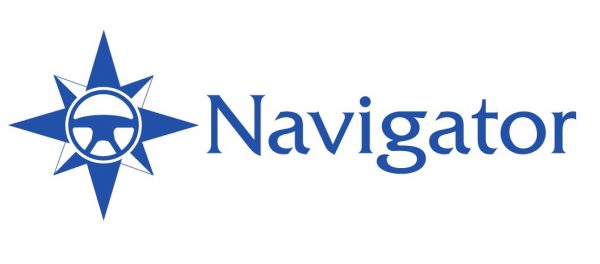On 12 June the government updated its guidance reflecting introduction of the forthcoming flexible furlough scheme on 1 July. Rather than introducing a fresh manual, changes were introduced to a number of existing documents, supplemented with some new.
Here is the list:
- Check if you can claim for your employees’ wages through the Coronavirus Job Retention Scheme
- Check which employees you can put on furlough to use the Coronavirus Job Retention Scheme
- Steps to take before calculating your claim using the Coronavirus Job Retention Scheme
- Claim for wages through the Coronavirus Job Retention Scheme
- Reporting employees’ wages to HMRC when you’ve claimed through the Coronavirus Job Retention Scheme
- Calculate how much you can claim using the Coronavirus Job Retention Scheme
- Find examples to help you calculate your employees’ wages
The last document has a link to examples of how to work out flexible furlough pay. It assumes the employee is on a monthly salary and fixed hours. Even in this straightforward scenario, the suggested calculation may be a feast to the mathematically gifted and a challenge for the rest of us.
In a slight departure to the previously announced, the flexible furlough will have no minimum duration. Remember why 10 June was so important for new entrants? From 1 July the minimum furlough chunks of 3 weeks will go away and furlough can be of any duration. However, a claim under the flexible furlough scheme can only be made once a week or less often.
As an exception to the previously announced conditions, employees returning from a family related leave can be put on flexible furlough even if they have not been on furlough under the current scheme.
To put an employee on the flexible furlough, as the very minimum, the employer will have to write or send an email to the employee to go on furlough confirming the furlough terms and keep the record on file.
The possibility to do work for the employer under the flexible furlough is a major and welcome change, radically different from the absolute ban under the current scheme. For employees currently on furlough, an updated furlough agreement will be required, or a letter confirming arrangements for part-time work.

Our dealers use us to help them be more Efficient and Profitable!
You can use our Dealer and Lead Management software to integrate all dealership departments, both online and physical ; providing all in-house functions; Invoicing, Stock Management, Accounting and Marketing as well as interfacing for advertising, ecommerce and more.








